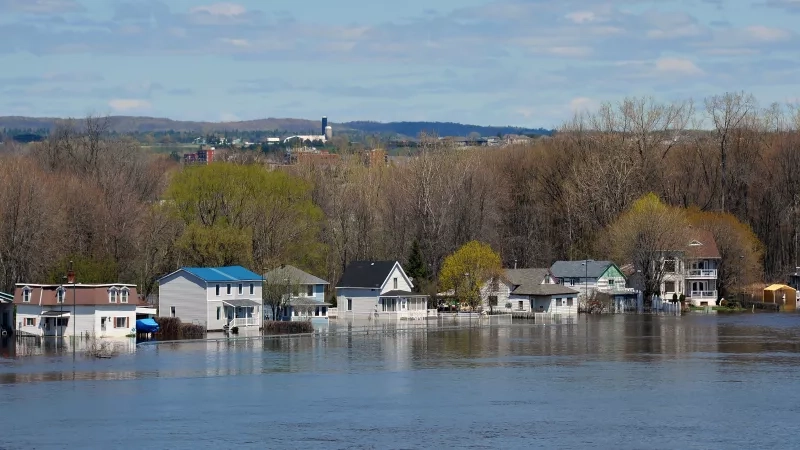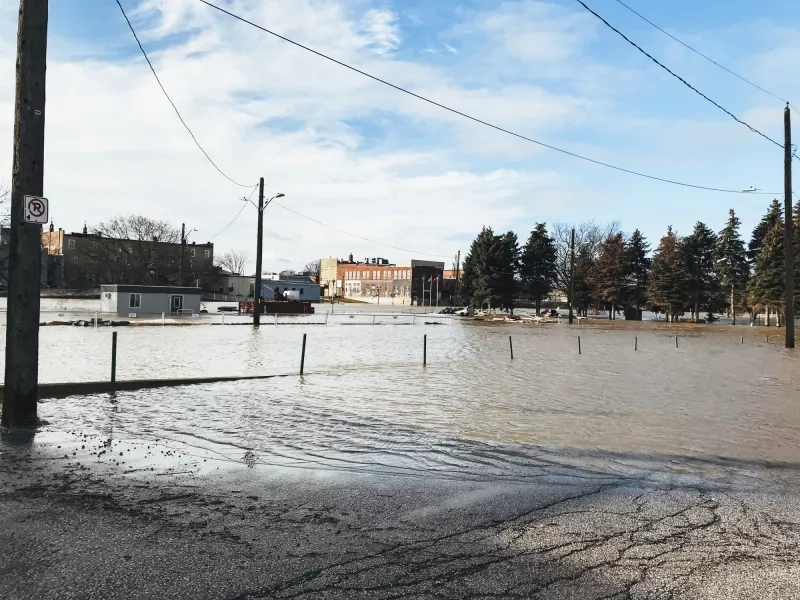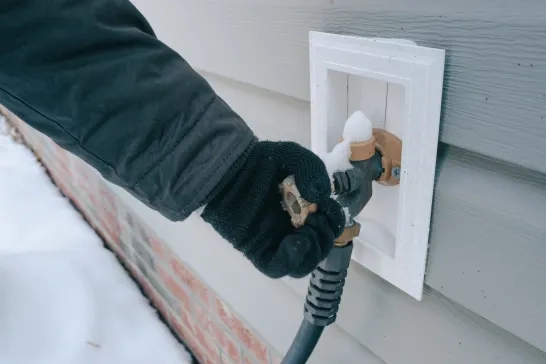
Flooding risks every Canadian should know (and how to stay safe)
2 Minute Read
It's no secret that extreme weather events are becoming more frequent in Canada. The Institute for Catastrophic Loss Reduction (ICLR) states that flooding is Canada's most common hazard.
Flooding remains one of nature's most unpredictable and destructive forces, with many potential causes. Safeguarding your home may feel challenging, but there are starting points. Understanding the different types of floods and their causes helps you take proactive steps to protect your property.
Snowmelt, rainfall, and coastal risks
Flooding near rivers, lakes, and oceans can happen for many reasons, including melting snow, heavy rainfall, or coastal forces. Each type of flooding presents unique challenges and risks.
Snowmelt poses a significant threat when rising temperatures cause snow and ice to melt rapidly. If the ground remains frozen, it cannot absorb the water, leaving rivers and streams overflowing. Heavy rainfall exacerbates the issue, especially during sudden, intense storms.
Ice jams are another cause of flooding. In spring, melting ice can block water flow, causing it to back up and spill over. Similarly, ice dams can form within rivers in winter, forcing water to overflow. A notable example is the severe ice jam flood that struck Fort McMurray in 2020.
Coastal flooding, on the other hand, impacts oceans and large lakes like the Great Lakes. Strong winds can generate massive waves or storm surges, pushing water onto shorelines and inundating low-lying areas. Coastal flooding can also result from tsunamis triggered by undersea earthquakes or landslides. Often, a combination of factors contributes to devastating coastal floods.
According to Canada's Changing Climate Report, coastal flooding is expected to worsen due to rising sea levels fueled by climate change.
Urban flooding and infrastructure challenges

Urban flooding is a growing issue, intensified by human-made surfaces like concrete and asphalt that repel water instead of absorbing it. With nowhere to go, rainwater often accumulates, leading to flooded streets, homes, and basements during heavy storms or river surges.
Recent events in Ontario cities, such as Ottawa and Thunder Bay, have exposed the increasing vulnerability of urban areas to severe flooding and highlighted the challenges of managing stormwater in densely developed environments.
This problem is further compounded by aging and inadequate infrastructure. When heavy rain coincides with overflowing rivers, municipal sewer systems and natural ecosystems often struggle to keep up. Overloaded sewer lines can backflow into streets and homes, causing widespread disruption and expensive property damage. Addressing urban flooding demands urgent attention to improve stormwater management and infrastructure resilience.
Staying ahead of the risk
Regular maintenance, such as inspecting your home's foundation for cracks, improving the slope around your property, and keeping street sewer grates clear of debris, can reduce the risk of water damage. To learn more, check out our article on how to protect your home against flooding.




